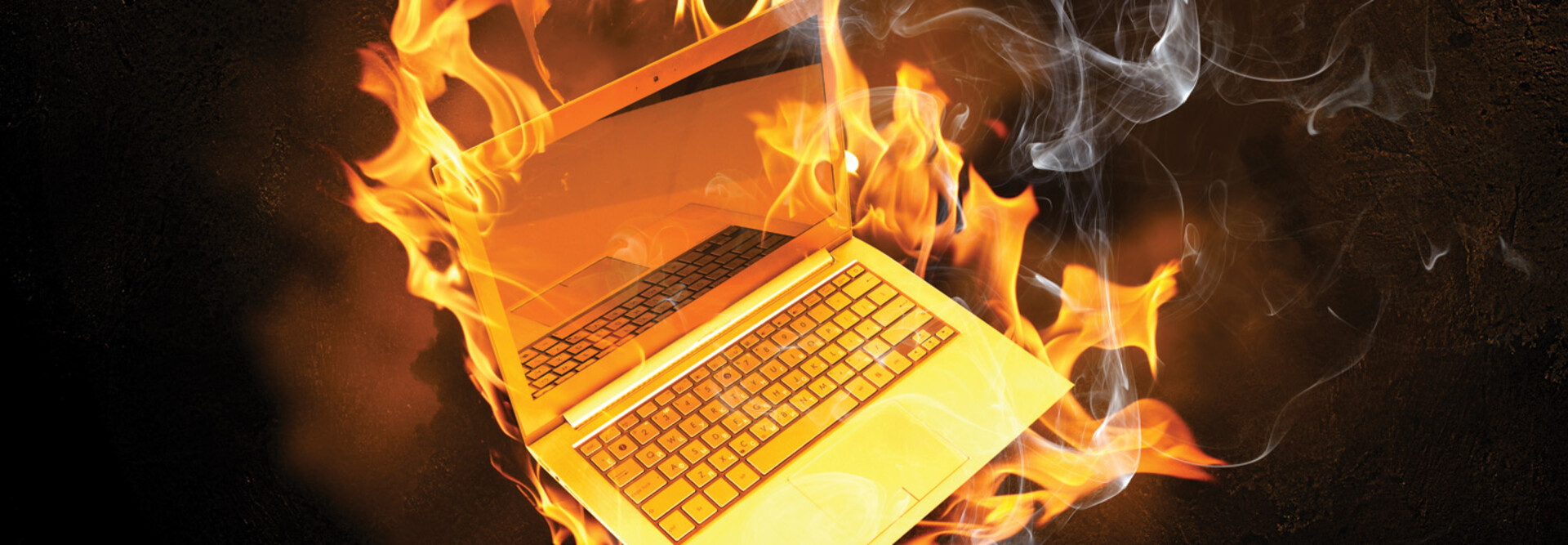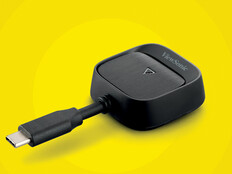As these videos and news stories gain traction, here’s what school leadership can do to lower risks in their own districts.
Schools Reinforce Device Policies Amid “Chromebook Challenge”
As school districts across the country have become aware of the trend, they are working to spread messages to students. Virginia’s Loudoun County Public Schools and Pennsylvania’s Central Dauphin School District are two of the districts that have warned students against damaging their Chromebooks.
To get ahead of the trend in their own schools, education leaders are warning students of the dangers associated with short-circuiting their devices. They’re additionally reminding students and the community about the consequences of intentionally damaging devices.
Many districts’ policies for school-provided laptops include a provision that families will pay for damaged devices, especially when intentional damage isn’t covered by device insurance. In many cases, students who attempt cause a fire on school property will also face disciplinary consequences.











